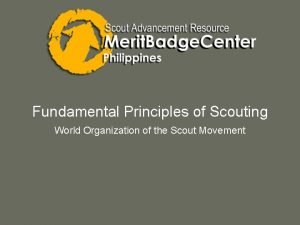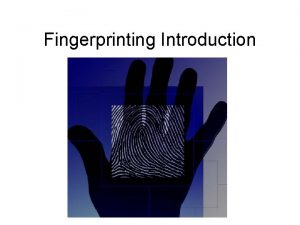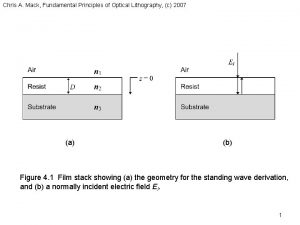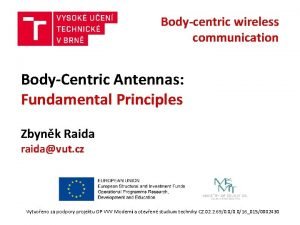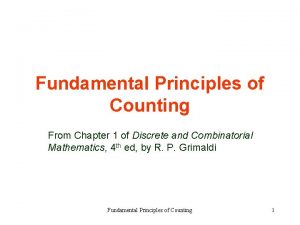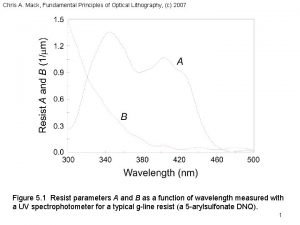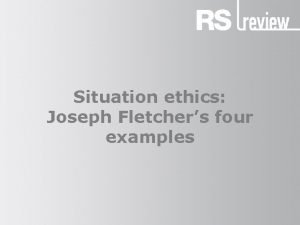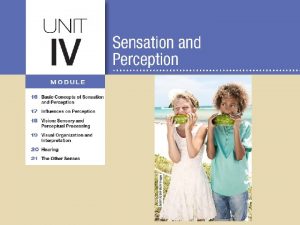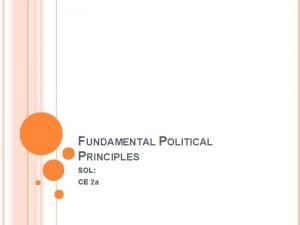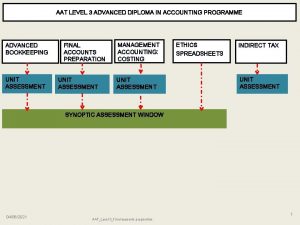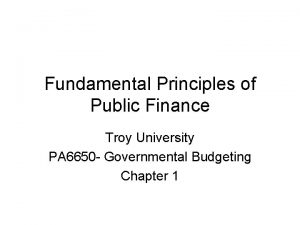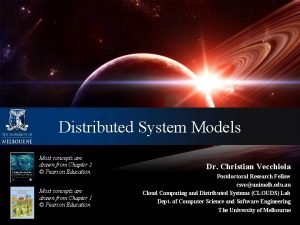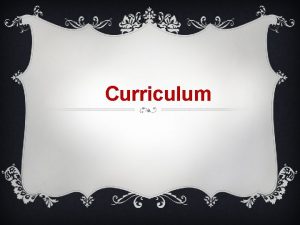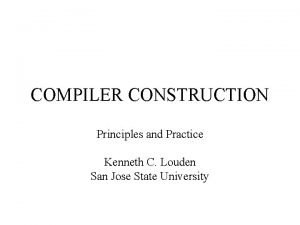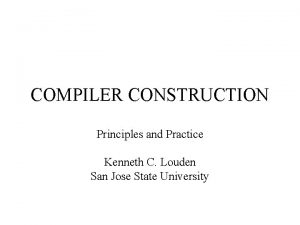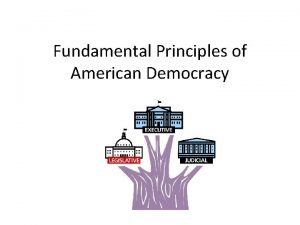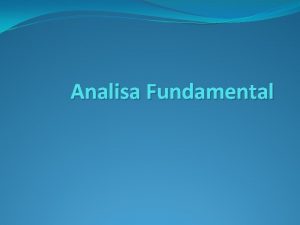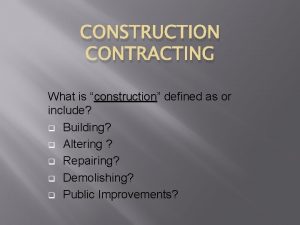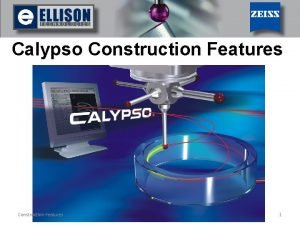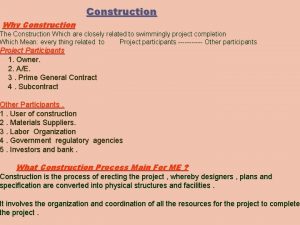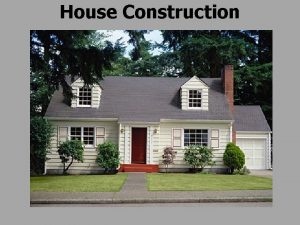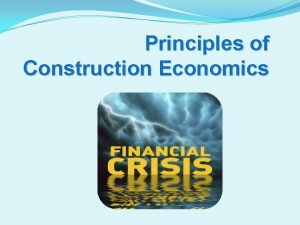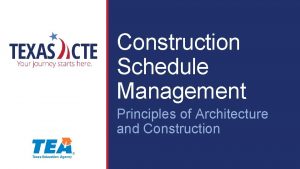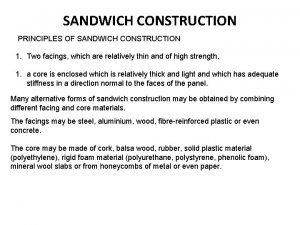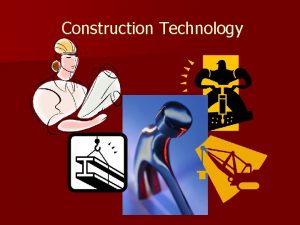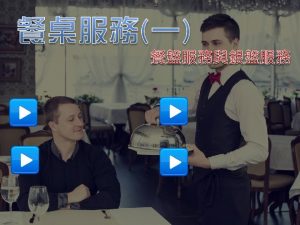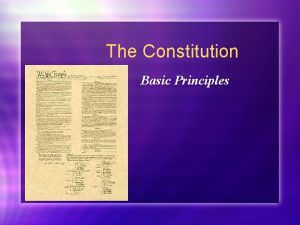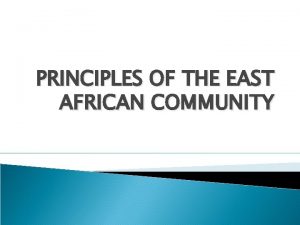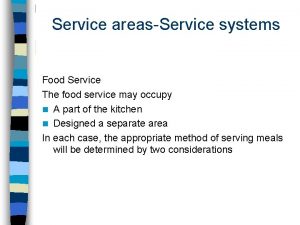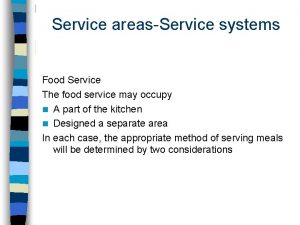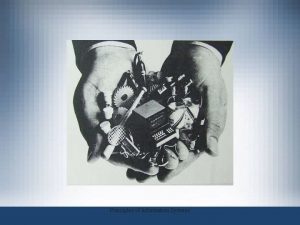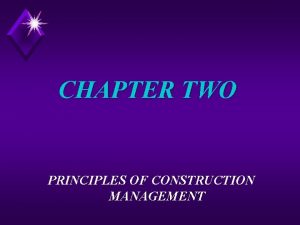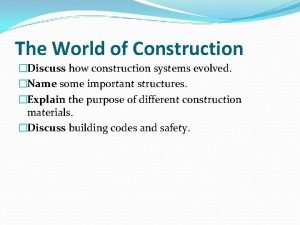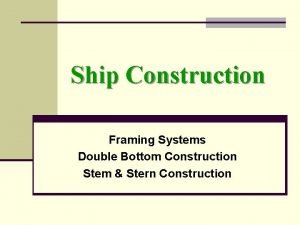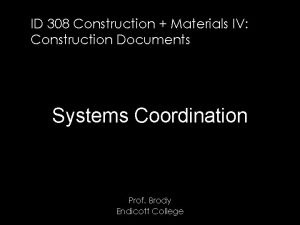The fundamental principles of Service Systems construction Summary






















![Specificaton of ADT (1) • Types –G – STACK [G] • Functions – put: Specificaton of ADT (1) • Types –G – STACK [G] • Functions – put:](https://slidetodoc.com/presentation_image/f56e624699da4c0790f97260387dd3c3/image-23.jpg)
![Specification of ADT (2) • Types –G – STACK [G] • Functions • Axioms Specification of ADT (2) • Types –G – STACK [G] • Functions • Axioms](https://slidetodoc.com/presentation_image/f56e624699da4c0790f97260387dd3c3/image-24.jpg)












- Slides: 36

The fundamental principles of Service Systems construction Summary of PA 116

S R O D

U-composite


WHAT ? Duality of what to focus on and how to manage it CONCEPTUAL MODELS HOW ? Two fundamental Diamonds 5

Where does it end / begin ? ? ? MENTION USE 6

Self-reference

The double-funnel adaptive principle • Synthesis of information from heterogeneous net of data sources • Visualization of the synthesis result directly supporting decisions of an expert “now and in a given situation“ • Support of momentary knowledge utilization, not only the pre-prepared knowledge utilization • ADAPTIVITY !!!

Knowledge Management means to keep the Nonaka-Takeushi cycle in a run ! socialization externalization Tacit internalization Knowledge Explicit combination

Essence of communication, understanding, and modelinguistic represents CONCEPT (closed EXPRESSION construction) denotes identifies CYBERSPACE OBJECT “which is focused on” Strictly empty Extension/Intension Concept (closed construction) higher order object PHYSICAL WORLD reference in the real word at a specific time 10


Conceptual system Cm+1, Cm+2, … derived concepts C 1, …, Cm --- simple concepts (primitive concepts) C 1, …, Cm simple concepts

Relativity of primitive/derived DOMAIN 1 What is primitive within one domain can be derived in other domain. What is primitive for an expert can be derived for a beginner. DOMAIN 2 pprimitive concepts If we see in a way a similarity, we use the same, already known, words. The nouns are variables “of type ” from the ramified hierarchy. primitive concepts

Conceptual system and its hierarchy of languages Cm+1, Cm+2, … derived concepts Hierarchy of Languages Lj. CSi C 1, …, Cm --- simple concepts (primitive concepts) C 1, …, Cm 0 L CSiconcepts simple

• NL is not something completed with fixed meanings of particular expressions. • NL is a pool of particular hierarchies of languages over conceptual systems defining particular domains. • NL is a dynamic phenomenon which develops continually.

Semantics of NL expressions is not something which exist as a static phenomenon; Semantics is a mapping: (NL expressions, Domain) Concepts Semantics is created within the domain cognition process !

Basic level in hierarchical taxonomy (once more) Superior level animal furniture Basic level dog chair Subordinate level Labrador rocking chair • Our perception is anchored by our human dimension • The reason of this can be explained by: • Enactive Perception: “a dialogue” of the perceiving person and the environment/neighbourhood 17

Prototype Categorizing - result • Select the ideal representative item • (This is the “invariant representation” of what we call “category”) • Express the fact that item I belongs to category C by connection (I, C) c – where c is measure of certainty • Category is no more seen as a container, but it is seen as a hook (central member = prototype) to which we hang up other members

The “T” 19

20

Data model of the Molten Objects data scheme 21

Connection oriented approach • The basics is: we store instances of relationships not instances of previously determined complexes in a form of tables (from the beginning fixed) • Principle of connection based perception of models Seeing a model of anything in a form of graph and thinking on this model we focus primarily on relationships (graph edges) not on objects (graph nodes). • Let’s compare this with HIT method !!! 22
![Specificaton of ADT 1 Types G STACK G Functions put Specificaton of ADT (1) • Types –G – STACK [G] • Functions – put:](https://slidetodoc.com/presentation_image/f56e624699da4c0790f97260387dd3c3/image-23.jpg)
Specificaton of ADT (1) • Types –G – STACK [G] • Functions – put: STACK[G] G → STACK[G] – remove: STACK[G] → STACK[G] – item: STACK[G] → G – empty: STACK[G] → BOOL – new: _ → STACK[G] • Axioms • Conditions 23
![Specification of ADT 2 Types G STACK G Functions Axioms Specification of ADT (2) • Types –G – STACK [G] • Functions • Axioms](https://slidetodoc.com/presentation_image/f56e624699da4c0790f97260387dd3c3/image-24.jpg)
Specification of ADT (2) • Types –G – STACK [G] • Functions • Axioms For any x: : G, s: : STACK[G] – A 1. item(put(s, x))=x – A 2. remove(put(s, x))=s – A 3. empty(new) – A 4. not empty(put(s, x)) • Conditions 24

OOP = one of the best inventions • …an intelligent use of the “Fundamental hierarchy” • … a reverse process to “Breakdown structures” • … in a way a simulation of the natural process of “cognition by creation”

The Class in an OO analysis • Class defines “the shape” of its instances • Each object, which is worth focusing attention, must be assigned to a class. • Improper class selection “today” can cause big problems “tomorrow”! • Situation change in real world causes necessity to change the assignment of some objects to classes, or to change the class structure design. 26

Issues of OOP (1) • Object Oriented Paradigm works well in the realm for which it was originally developed. • This is Programming. • The realm of “artifacts” creating. • To mirror a realm of continual changes, improvements and developments doesn’t fit to OOP very well. • This is Business Systems analysis and specification. 27

Communication through interface CAPABILITY for given PRODUCTION X X )) where is the given X WORK-PLACE DEVICE operating given of given X X EMPLOYMENT_CONTRACT EMPLOYEE of given HRM (( X LICENCE 28

Communication via “Deputies” CAPABILITY X )) for given PRODUCTION where is the given X X WORK_PLACE X DEPUTY- DEVICE operating given EMPLOYEE of given X X EMPLOYMENT_CONTRACT EMPLOYEE Usually asynchronous update of given HRM (( X LICENCE Mother component for EMPLOYEE

Categorization of DM objects The root of the Tree Semantic relationship DM object Relationship Week Semantic relationship Entity Supertype Subtype relationship Artefact/Thing Process Event Container 30

Connections between Supertypes Device Electrical distributor Switchboard Pillar Cable Lightning arrester Bulk power substation Cca 180 – 220 Transformer 31

Using glases Device Type 1, 1 0, M Glasses 1, 1 0, M Device DEVICE xxxxx * xxxxxx *xx * xxxxx * 32

Using attribute as isolated entity Device Type 1, 1 0, M (1, M) Attribute 1, 1 p 0, M Device p Value (Value) of given (#Attribute) for given (#Device) / 0, 1: 0, M 33

Abstraction of relationships Man name surname Woman marriage 1 * * date 1 maiden name Type of family relationship 1 Person 1 * * Family relationship 34

Analytic pattern Accountability by Lubor Šešera, DATASEM'99 * * Type of Accountability supertype * Type of to whom 1+ Participant * type 1 Place 0. . 1 1. . * Scope {abstract} * 1 * Accountability * Knowledge level subtype * who 1+ 1 type * types * * 1 * Participant to whom * Operational level 1 who * 1 Period Person Scope of health care * 1 Type of health care Scope of resources Organization Region of sales * * * 1 1 1 Resource type Post Quantity Product type 35

What is the content of the model or what the model expresses The purpose of Mind Model is completely exact, rigorous expression of a part of reality which seems to be unexpressible to most of people !
 Fundamental principles of ship construction
Fundamental principles of ship construction Dicapine
Dicapine Tqm introduction
Tqm introduction Principles of scouting
Principles of scouting What are the fundamental principles of fingerprints
What are the fundamental principles of fingerprints Mack
Mack Fundamental principles of wireless communication
Fundamental principles of wireless communication Fundamental principles of counting
Fundamental principles of counting Lithography
Lithography Fletcher 6 fundamental principles
Fletcher 6 fundamental principles Visual organization and interpretation
Visual organization and interpretation 5 fundamental political principles
5 fundamental political principles Aat fundamental ethical principles
Aat fundamental ethical principles Fundamental principles of public finance
Fundamental principles of public finance System models in distributed systems
System models in distributed systems Principle of curriculum construction
Principle of curriculum construction Defects in existing school curriculum
Defects in existing school curriculum Compiler construction principles and practice pdf
Compiler construction principles and practice pdf Compiler construction: principles and practice
Compiler construction: principles and practice Building construction related to the fire service
Building construction related to the fire service Hình ảnh bộ gõ cơ thể búng tay
Hình ảnh bộ gõ cơ thể búng tay Ng-html
Ng-html Bổ thể
Bổ thể Tỉ lệ cơ thể trẻ em
Tỉ lệ cơ thể trẻ em Voi kéo gỗ như thế nào
Voi kéo gỗ như thế nào Thang điểm glasgow
Thang điểm glasgow Chúa sống lại
Chúa sống lại Môn thể thao bắt đầu bằng chữ f
Môn thể thao bắt đầu bằng chữ f Thế nào là hệ số cao nhất
Thế nào là hệ số cao nhất Các châu lục và đại dương trên thế giới
Các châu lục và đại dương trên thế giới Công thức tiính động năng
Công thức tiính động năng Trời xanh đây là của chúng ta thể thơ
Trời xanh đây là của chúng ta thể thơ Cách giải mật thư tọa độ
Cách giải mật thư tọa độ Phép trừ bù
Phép trừ bù Phản ứng thế ankan
Phản ứng thế ankan Các châu lục và đại dương trên thế giới
Các châu lục và đại dương trên thế giới Thể thơ truyền thống
Thể thơ truyền thống



